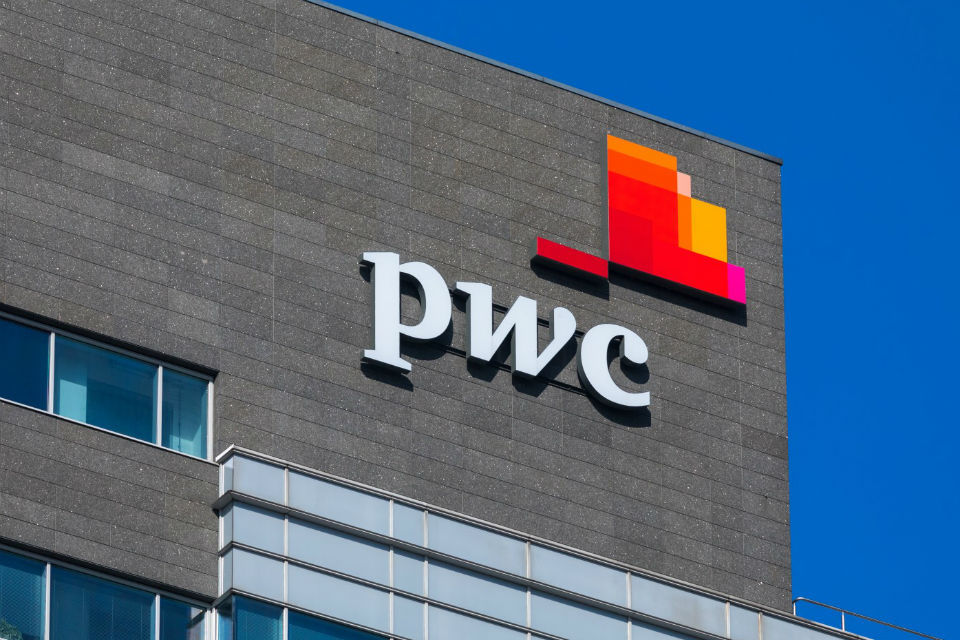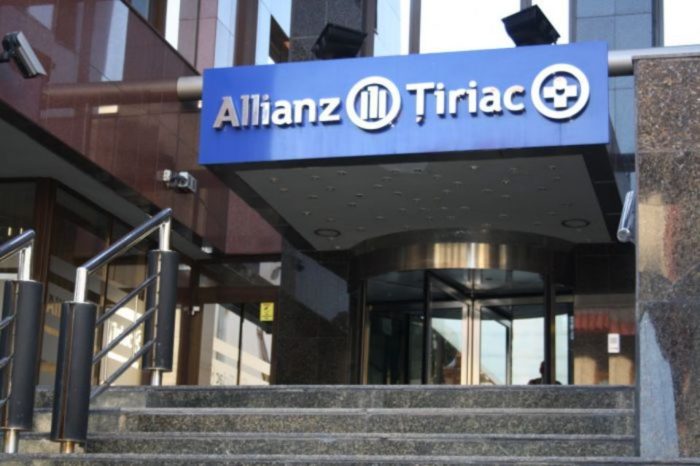More than half of the consumers have become more focused on saving and more price-oriented: PwC

More than half of the consumers (54 percent) have become more focused on saving and more price-oriented in the last nine months, according to PwC’s Global Consumer Insights Pulse Survey, conducted in June. Thus, even though many people are now receiving vaccinations, and signs of recovery are appearing in some economies, consumers’ money anxieties have not yet eased. Global Consumer Insights Pulse was conducted also in October 2020 and in March 2021.
“If in the previous edition of the report, in March this year, we noticed a slight revival of consumers’ interest in spending, now we see a clear trend towards saving. Even if these habits persist, we expect consumers’ spending spending to improve as economies recover from pandemic losses. There is also a tendency to save among the younger generations, even if they haven’t experienced financial crises so far. However, we find for example that many respondents (61 percent), especially from Europe and the USA, are eager to spend more on dining out”, said Mihai Anita, Partner and Leader of Retail Services, PwC Romania.
The survey shows that the spending structure will remain the same in the next period, with much going on necessities, such as food and household goods.
However, consumers said that in the next six months, they expect an increase in spending on groceries (37 percent), takeaway food (32 percent) and home entertainment (30 percent) and less on sports equipment (21 percent), arts, culture and sporting events (19 percent) and alcoholic beverages (18 percent).
“Some behaviour changes, both forced and voluntary, will have become a habit. We see that the preference for online shopping is growing at a faster pace than during the lockdown, especially for grocery. At the same time, consumers are more oriented towards organic and local products. Companies should be aware of these changes and constantly adapt to them”, said Ruxandra Tarlescu, Partner PwC Romania.
Over 36 percent of consumers say they’ve become more optimistic about the economy since late last year. As ever, it’s the young who are most upbeat about the future.














